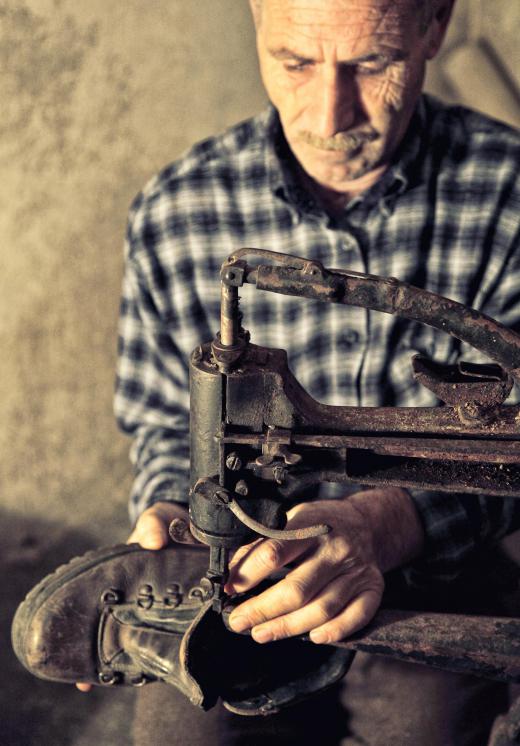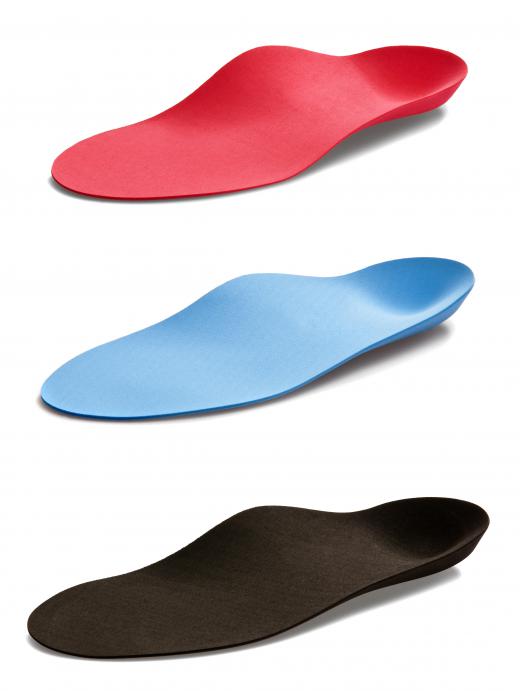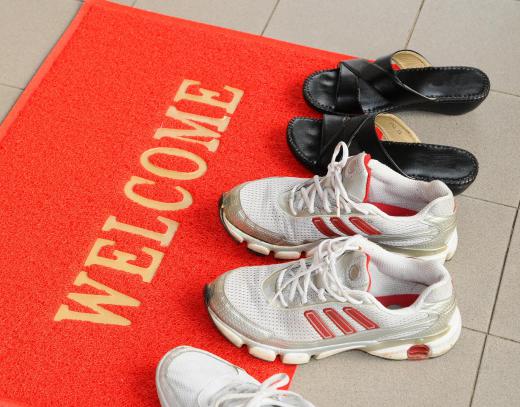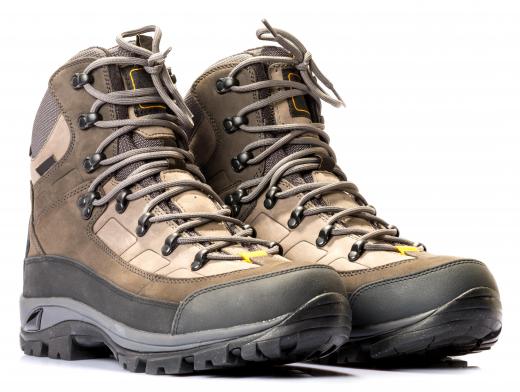How are Shoes Made?
Jun,01,2024The shoe-making process is usually somewhat complex and is almost always very time consuming. Specific steps usually depend on the type of footwear at issue, and as a result it can be difficult to set out universal instructions or descriptions. Making sandals, for instance, is usually a different enterprise entirely from making hiking boots or formal wear, and custom-made pairs tend to have a different set of specifications than do those made in large factories predominantly using machines. Even still, there are some parts of the process that are more or less standard. Shoemakers almost always start with a pattern, for instance, and usually set out the design and any embellishments before beginning; it’s also common to start by building the “last,” which is basically the skeleton and core framework. The pattern must then be cut and stretched over the last, and things must be closed and sealed off. Polishing, trimming, and buffing usually come at the end.
Design Process

With very few exceptions, the manufacturing process begins at the design table. Artists and stylists decide what they want the finished product to look like through a series of sketches that get progressively more detailed until there’s basically a working pattern. The most important part of this process is setting out the looks and basic appearance for the footwear, but in many cases even these preliminary sketches make some notes about the sorts of materials and the kinds of tools that may need to be used. Ideally the end result is a sort of “map” directing manufacturers when it comes to the product as a whole, including soles, tops, and any embellishments like laces or bangles.
Forming the Last

Once a shoemaker, who may also be called a cobbler, has a pattern or plan in hand, he or she needs to get started actually building each pair. The first step here is usually the creation of what is known as the “last.” The last is the form over which the shoes are molded, and it is usually made of wood or plastic. It determines the fit and feel of the final product, as well as its performance. The last is involved in both the beginning and end of the construction process, and essentially acts as the basic form or structure. As a result, cobblers typically make a variety of different sizes and widths depending on the customer’s needs.
Patterning

A shoe doesn’t usually become identifiable until it has some sort of material covering the last, and this part happens during pattern cutting. Pattern cutting is where specific parts are produced. These parts generally consist of the sole, which is the bottom part; the insole, which is the layer of foam or other material that is placed directly under the foot; the outsole, which directly touches the ground; the heel, which is the bottom back part that can be high or low depending on design specifications; and the upper, which is the part that actually holds the shoe on the foot.

Cobblers typically cut all of these parts individually, then collect them together and begin actual assembly. Precision is really important here. Missteps or poor measurements can lead to a number of different problems, both in terms of fit and wear.
Closing, Stretching, and Attaching
Once everything is assembled it’s time to start actually piecing things together. Collectively, this is known as “closing.” The uppers are pierced, punched, wedged, ridged, and then placed with lining and sewn together. During a process known as “stretching,” the upper is stretched over the last. This tends to be easier with more flexible fabrics and linens, and can be more challenging with stiff materials like leather. A certain amount of force is often required to stretch the upper on to the different points of the last in order to give a defined shape.
During attachment the cobbler actually bonds the upper and the sole together. This is often done with cobbler’s glue or another strong adhesive, but a lot depends on the type of shoe at issue. Sometimes bolts, screws, or stitches are a better option.
Finishing
In most cases things aren’t actually done until the footwear has been “touched up” by the cobbler. Formal shoe finishing usually involves the final cutting, trimming, cleaning, and polishing that makes the product ready to hit store shelves. If the shoes are being made for a certain business or brand, they are usually tagged and boxed for distribution during this time as well.
Role of Machines
Modern cobblers often depend on the help of a number of machines. In some instances the entire manufacturing process can be more or less automated, which is often the case with many mass-market footwear choices. The automation process often brings the cost down, which allows manufacturers to make more and charge less for each pair.
Even very expensive custom-built products often make use of some machine help, though, particularly when it comes to making precise cuts, stitching through tough material, and measuring patterns. It is of course possible to build shoes entirely by hand, but this does tend to be less precise and is often much more expensive.